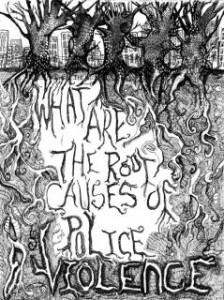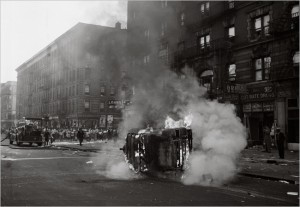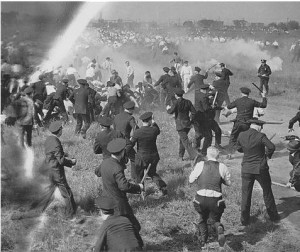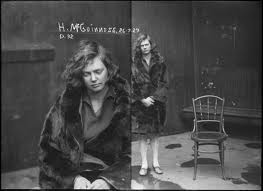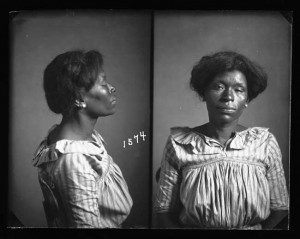Guest Post: Our Children and Prison by Randy Miller
The following is from my pen pal, Randy, who is incarcerated at Indiana State Prison. Randy loves to write and has been using his words to reach out to young people for the past few months.
Our Children and Prison
by Randy Miller
One of the most difficult aspects of prison life is the knowledge that our children are doing time with us. Our children did not choose to do our time. They were forced into it by our poor decisions and actions. They were left on their own to wonder why they don’t have a daddy to care for them. Wondering what they did wrong to cause their daddy to go away, and often face severe hardships in trying to establish a positive relationship with their incarcerated father.
Prisons are not designed to promote an environment for healthy family interactions. Prisons are designed to warehouse some violent, dangerous men and keep us as isolated from society as they can, so society can continue existing as if we didn’t. “Out of sight, out of mind,” should be the motto for the Department of Corruption. Little do lawmakers and prison officials care that the main people being hurt by their policies and regulations are our children.
Prisoners do care! I have seen hardened, defiant men, reduced to tears over their children. I’ve seen men who had otherwise lost their will to fight their own case, still fight everyday to see their kids. I’ve seen some of the hardest and meanest men in here, smile like kids when they talk about their children. Children are the most precious and sacred part of any prisoners life, and unfortunately, it’s the most difficult part of our lives to get straightened out.
Prison officials don’t care who gets hurt outside these walls. The only thing they care about is controlling the population of the prison, in such a way that it goes as efficiently and smoothly as possible. The smoother it runs, the more beds they can open up and the more men they can lock-up. Prisons were designed to be not-for-profit institutions, to rehabilitate men and integrate them back into society as productive citizens. Prisons have become a business, and like any business, the more beds they fill, the more money they make, and they don’t care who gets hurt in the process.
Just like us, our children have become nothing more than statistics, to the home-wrecking machine known as the Department of Corruption. How much longer will our children have to pay the price for our mistakes? How much longer will society carry on acting like they don’t know about the problems that exist within our prisons? How much longer will we have to wait for those in power to realize they are crippling society by continuously releasing institutionalized, traumatized men back into society? Someone needs to take notice, before it’s too late.
